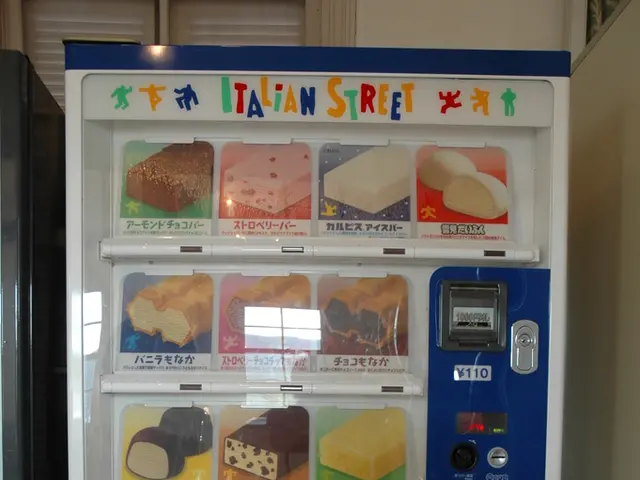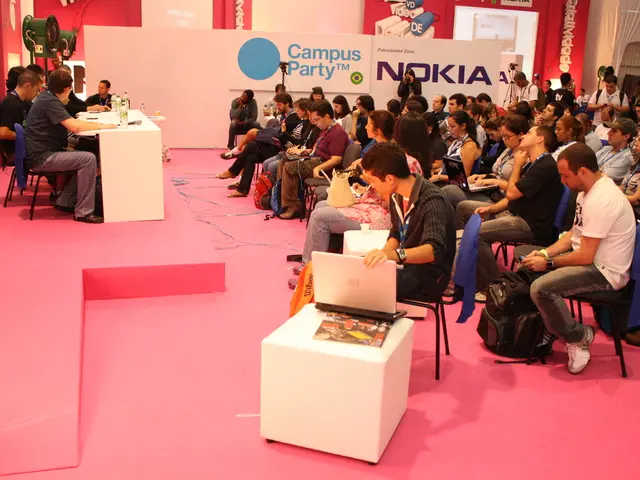Mexico's border authorities announce ambitious $22 billion port revamp to bolster regional trading operations
Mexico has announced a $22 billion port overhaul plan, aiming to boost maritime competitiveness and capitalize on nearshoring opportunities. The ambitious project, unveiled by President Claudia Sheinbaum in her first state of the nation address on Sept 1, covers major Pacific and Gulf ports including Manzanillo, Lázaro Cárdenas, Veracruz, Salina Cruz, Coatzacoalcos, and Progreso.
One of the biggest initiatives is the $7.5 billion Interoceanic Corridor of the Isthmus of Tehuantepec. This corridor will include modernized ports, double-stack rail lines, and new industrial complexes along the route. Progreso's expanded terminals and new rail connections will be tied to the Maya Train, further enhancing the country's transportation network.
Manzanillo's port expansion aims to make it Latin America's largest port, with capacity tripling to 10 million twenty-foot equivalent units by 2030. Ensenada's dock expansion and dredging will allow it to handle larger vessels, while Veracruz will receive a new breakwater and terminal space to attract private investment.
In addition to port expansions, several facilities have recently opened. AH MANF, a Mexican-owned company founded in 2024, has opened a new $10 million plant in Saltillo, Mexico. This facility, which was originally opened by General Motors in 2011, specializes in cutting, plasma, and laser cutting, and bending metal components for domestic and international markets. The new plant is expected to create 250 jobs.
Another facility, IFCO, a provider of reusable packaging for fresh food, has opened a new 240,000-square-foot service center in Mesquite, Texas. The Dallas facility will process over 40 million reusable crates annually and aims to help grocery retailers and growers deliver fresh food efficiently. The new center will employ more than 100 workers.
Lázaro Cárdenas is being developed as a multimodal hub with expanded customs and container infrastructure. The port will serve as a crucial link in Mexico's transportation network, connecting the Interoceanic Corridor with the Pacific and the Gulf of Mexico.
The port overhaul and facility expansions are part of Mexico's strategy to strengthen its position as a key player in the global supply chain. By improving its ports, transportation network, and industrial capabilities, Mexico aims to attract more investment and create jobs, ultimately boosting its economy.








